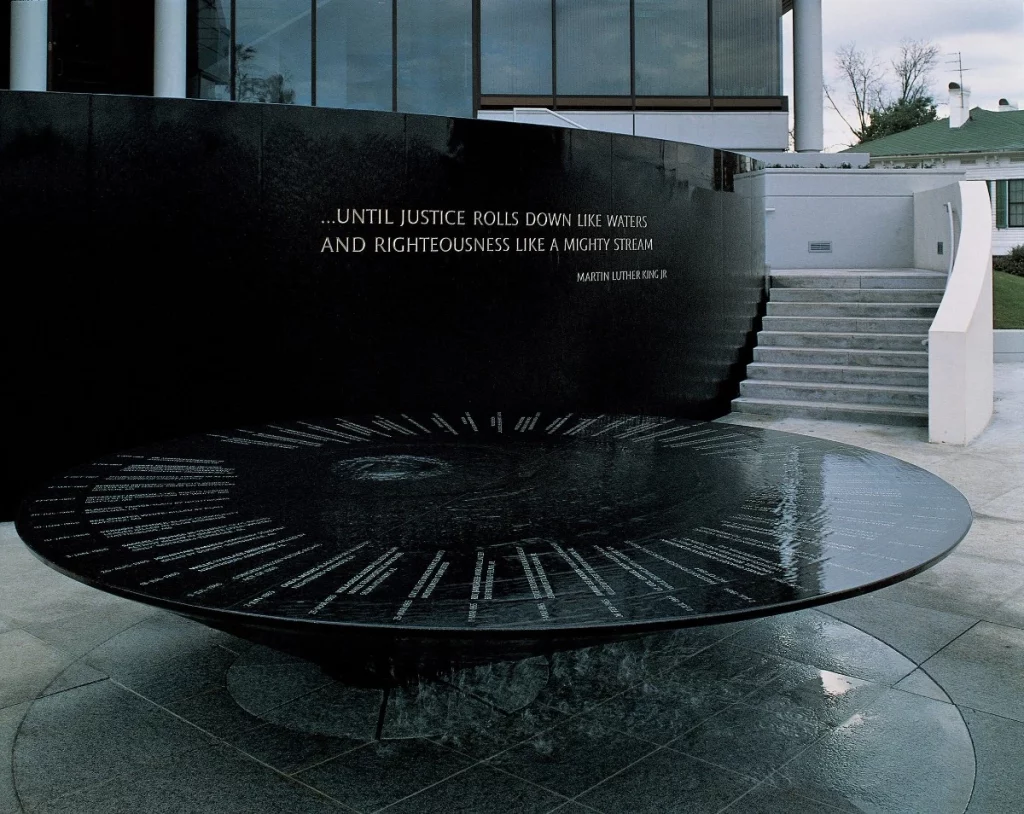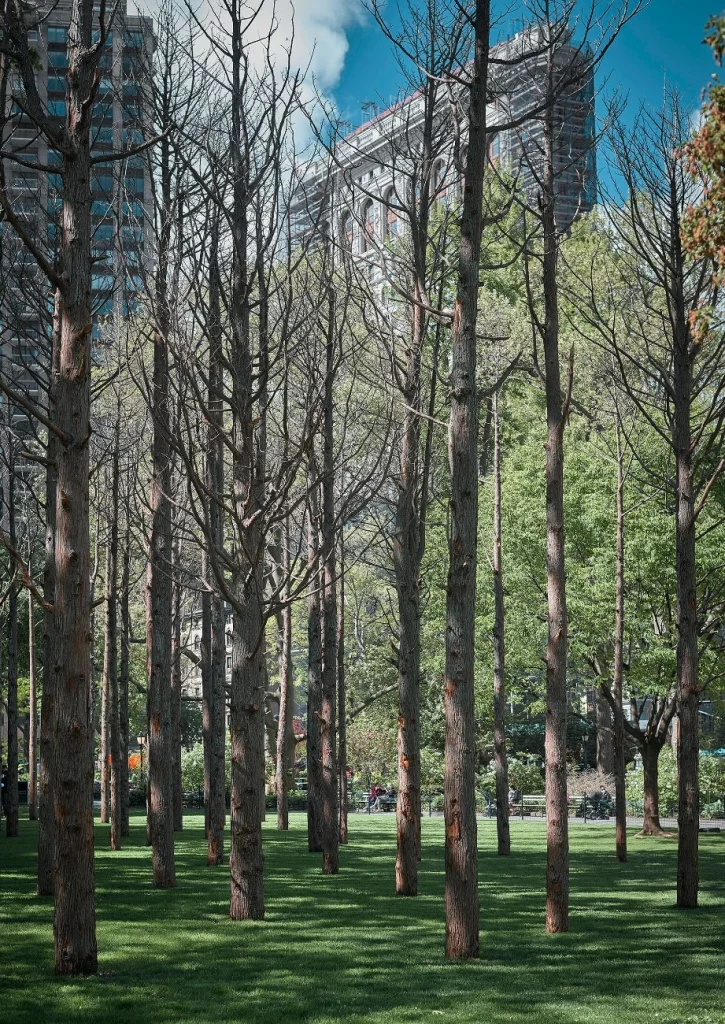Who Is Maya Lin? The Visionary Architect Behind Vietnam Veterans Memorial
An artist of memory, a sculptor of silence and a designer who reshaped how nations mourn, Maya Lin stands as one of the most transformative architectural voices of the modern age
You know you’re dealing with a different kind of architect when their most famous building isn’t even a building. Maya Lin walked into the architectural world like a quiet storm, dismantling every expectation with nothing more than a black granite wall and the courage to let simplicity speak louder than any monument ever had. While many architects try to immortalize themselves with towering structures and flamboyant forms, Lin took a giant step back and said, “Let the earth speak.” And speak it did—so loudly, so hauntingly, that her design changed how an entire nation confronts grief. If other architects carve their names onto the skyline, Maya Lin carves emotion straight into your ribs without ever raising her voice.

The Making Of A Visionary
Maya Lin was born in Ohio to Chinese immigrant parents who nurtured a world steeped in art, literature and the power of introspection. This environment shaped her deeply reflective nature and her fascination with landscape as a medium of storytelling. Her education at Yale exposed her to sculpture, environmental art and architecture, disciplines she fused effortlessly into her own unique language. Even as a student, Lin gravitated toward ideas of memory, absence and the emotional resonance of space, long before she became known for the design that would define a generation.
Also Read: How Denise Scott Brown Redefined Architectural Theory And Urban Planning
The Vietnam Veterans Memorial That Changed Architectural History

When Maya Lin entered a national competition to design the Vietnam Veterans Memorial, she was a 21-year-old architecture undergraduate with no professional experience. What she proposed was startling in its simplicity: a scar cut into the earth, a long tapering wall of polished black granite inscribed with the names of over 58,000 soldiers. No statues, no flags, no heroic poses. Just a wound made visible. Her design was initially met with enormous controversy, yet once built, it became one of the most powerful and beloved memorials in the world. Its reflective surface forces visitors to see themselves intertwined with the names of the fallen, turning remembrance into a profoundly personal encounter. In doing so, Maya Lin redefined what a national monument could be.
Approach To Space
Maya Lin’s work is rooted in the idea that architecture and art should evoke emotion rather than dictate it. She gravitates toward forms that are minimal, meditative and deeply tied to the landscape. Instead of overpowering a site, she listens to it, often shaping the earth itself into her medium. Her philosophy rejects the conventional drama of monumental design in favor of quiet intensity. She sees memory as a spatial experience, believing that the environment can guide reflection as powerfully as any narrative or sculpture. This approach makes her work feel simultaneously ancient and modern, monumental yet humble.
Also Read: Who Was Antoni Gaudí? The Visionary Architect Who Rewrote the Language of Design
Major Works Beyond The Memorial

While the Vietnam Veterans Memorial remains her most iconic accomplishment, Maya Lin’s portfolio extends far beyond Washington, D.C. Her Civil Rights Memorial in Montgomery, Alabama, pairs water and stone in a circular form that invites tactile engagement and collective remembrance. The Wave Field series transforms grassy landscapes into undulating topographies, blurring the line between sculpture and land art. The Confluence Project along the Columbia River integrates ecology, conservation and Indigenous history into a sprawling, multi-site environmental artwork. Across her projects, Lin continues to explore themes of loss, nature, climate and the fragile relationship between humans and their world.
Her Influence On Contemporary Design And Art

Maya Lin has reshaped not only how architects design memorials but also how the public interacts with them. She introduced a new paradigm that prioritises introspection over spectacle and emotional subtlety over grand gestures. Her work paved the way for more experiential, landscape-integrated memorials around the world. In the art world, she is celebrated for bridging the gap between sculpture and environmental activism, using form to communicate urgent planetary concerns. Her influence extends into academia, public art, and ecological design, proving that architecture can be both poetic and politically resonant.
Legacy, Recognition And Continuing Contributions
Maya Lin remains a powerful cultural figure whose contributions extend well beyond architecture. She has received the National Medal of Arts, the Presidential Medal of Freedom and numerous international honors. Her ongoing What Is Missing? project—a global multimedia memorial to biodiversity loss—demonstrates her commitment to environmental advocacy and her belief that art can spark change. Lin’s legacy is defined not by towering structures but by moments of stillness she carves into the world—spaces that ask us to remember, to reflect and to reckon with the stories we carry.